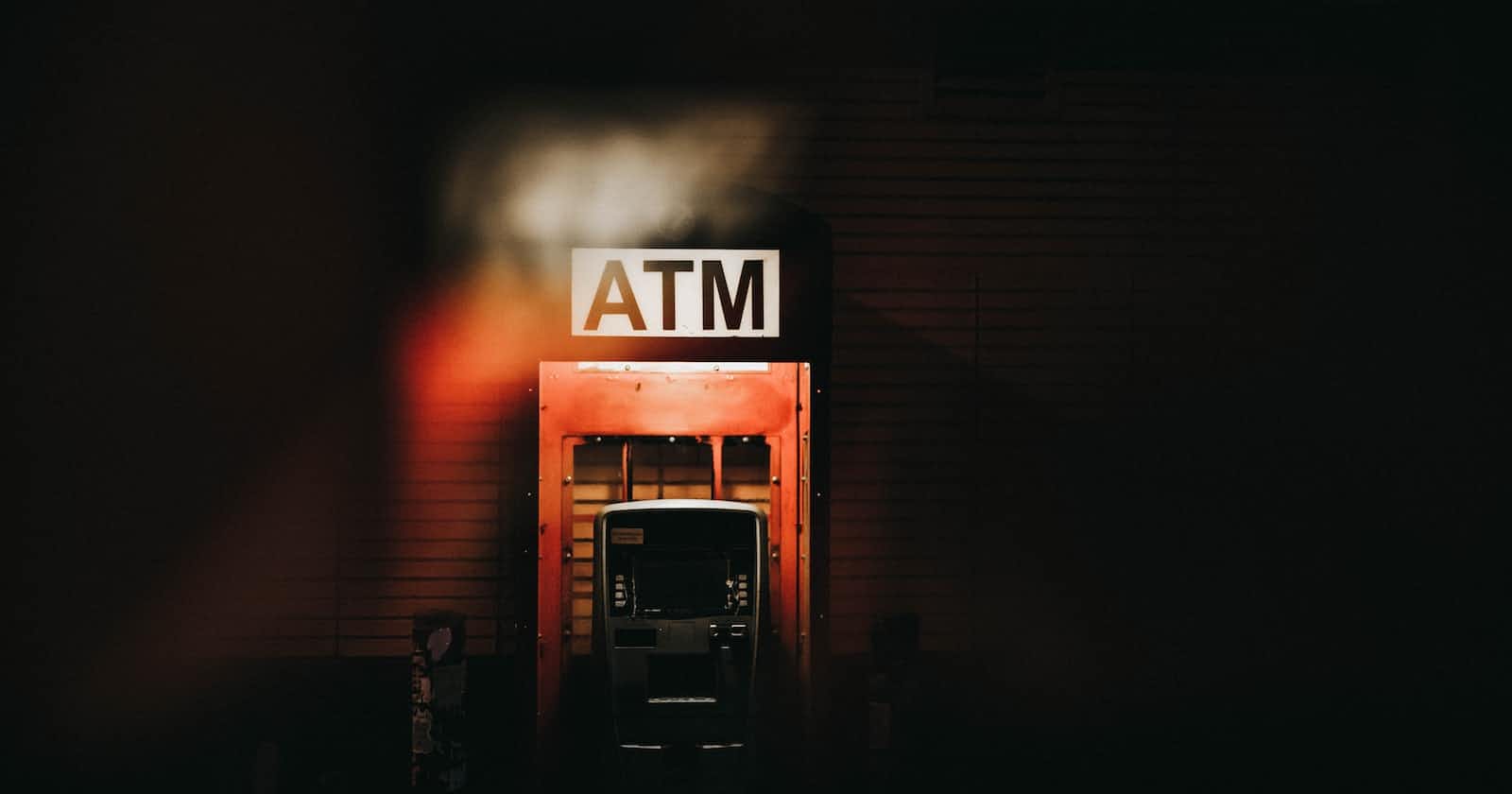Electronic payments are more convenient than ever, removing the need to handle currency. Payment cards can be replaced with your phone's mobile wallet, and you can even use your phone to withdraw cash from an ATM.
You likely carry your smartphone with you wherever you go, which may include quick outings when you don't have a debit card. Discover how cardless ATMs function so you may choose how to complete your subsequent withdrawal.
A Cardless ATM: What Is It?
Cash can be withdrawn from an ATM without using a conventional ATM card by using a cardless ATM. Your experience using the ATM could be safer and quicker with this technology. The same banking operations, such as cash withdrawals, balance inquiries, and others, are possible without a card.
You can use your bank's app to access an ATM at Chase Bank, Bank of America, Wells Fargo, and other big financial institutions. However, this isn't just available to major bank customers; chances are good that your neighborhood credit union or small bank also provides cardless ATM withdrawals.
How to Use Cardless ATMs?
You must enter card information from your phone's mobile wallet to use a cardless ATM. Use Apple Pay, Google Pay, or Samsung Pay as examples. For cardless ATM transactions, you might also need to download the mobile app from your bank or credit union. With the use of a QR code or radio waves, your mobile device connects with the ATM as you authenticate your identity and approve the transaction on it.
Near-Field Communication (NFC)
NFC is a method that allows nearby devices to communicate with each other via radio waves that only reach around four inches. Because of this, your bank may advise you to "tap" your phone on a particular spot when using an ATM. Your phone sends information about your card to the ATM when you tap it. After that, you authorize the transaction by entering your PIN or by using other means.
The debit cards from Wells Fargo have NFC built-in, so you can tap your card at an ATM with NFC as well.
Verification codes, including QR codes
You might need to use more than just an NFC device or card to prove your identification during cardless transactions. In some instances, the ATM shows you a QR code image to scan with the camera on your mobile device.
Biometrics
By using your body to authenticate your identity, biometric security solutions give your bank accounts an extra layer of security. Facial recognition and fingerprint recognition are the most widely used biometric security mechanisms on smartphones. It's a good idea to secure your wallet with face or fingerprint identification or a strong passcode when you enable cardless ATM transactions (by connecting a debit card to a mobile wallet, for instance). For instance, you may configure your phone so that access to your digital wallet first requires a fingerprint.
Some ATMs only employ biometrics, doing away with the requirement for a mobile device, albeit this is more widespread outside of the United States.
Advantages Expounded
Secure: Since you never swipe your card, there is no possibility of losing it while you are out in public. Furthermore, there is no chance of your PIN being discovered or of important information being captured by hidden cameras if your bank or credit union doesn't ask you to enter it.
Travel light: All you need is your phone, whether you leave your cards at home or you choose not to bring them with you everywhere.
Quick: Withdrawals from cardless ATMs can save you time, and you can even start the procedure before you even get to the ATM.
Disadvantages Expounded
Not generally applicable: Your bank might not have cardless ATMs nearby, and not all ATMs may allow cardless access.
Security is still a concern: When your money is involved, losing your phone can cause further problems. Maintaining your phone's software is essential, as is turning on all security features (such as biometric security and two-factor authentication) and notifying your bank right once if you lose your phone.
Compatibility: The NFC and bank app should work with the majority of current phones when necessary. But occasionally, such as if your phone is more than a few years old, you might not be able to use a cardless payment method.
Maintain a close watch on your accounts. Inform your bank right away if you see any fraud or mistakes. You can increase your protection by taking rapid action.
Does a Cardless ATM Fit Your Needs?
Cardless ATM access is an excellent choice for you if you like to carry as little as possible with you when you're out and about and don't spend cash frequently. Additionally, since cardless ATMs allow you to leave your physical debit cards at home, you lessen the chance of loss or theft.
Find out from your bank whether using a cardless ATM would be practical for you. If you choose to use this option, make sure your phone's lock screen, mobile wallet, and bank apps have strong security protections in place. However, there is nothing wrong with continuing to use plastic if you are satisfied with the way things are going and you don't like the thought of having a dead phone battery preventing you from withdrawing cash.


